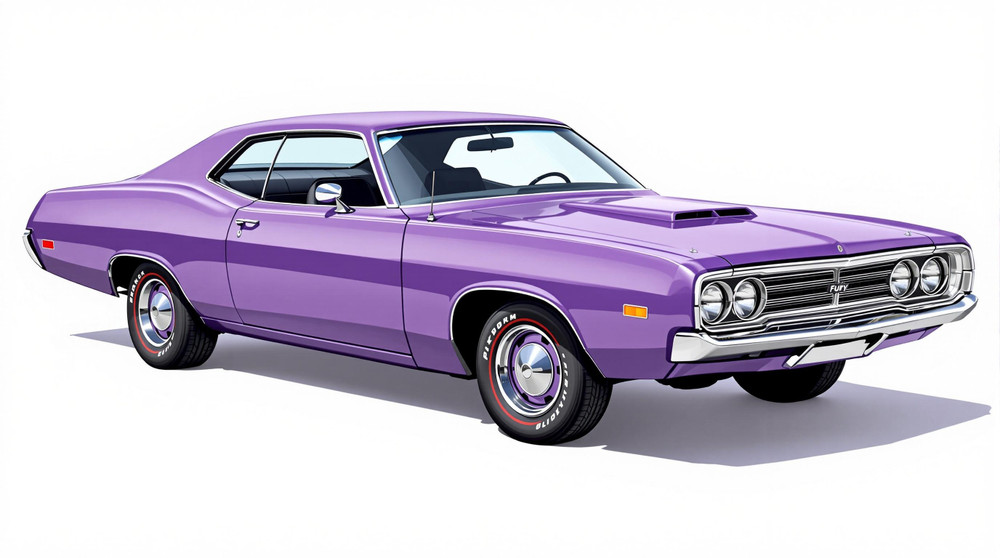Image of 1973 Plymouth Fury I, Note: These illustrations use artistic license and may differ from actual historical models.
Performance Metrics
Fundamental Metrics
Emotional Appeal
MMP Rating
| Engine Specifications | |
|---|---|
| Engine: | 225 cu in (3.7 L) I6, 318 cu in (5.2 L) V8, 360 cu in (5.9 L) V8, 400 cu in (6.6 L) V8, 440 cu in (7.2 L) V8 |
| Displacement: | 225-440 cu in |
| Horsepower: | 145-280 hp (approximately) |
| Torque: | 215-480 lb-ft (approximately) |
| Compression Ratio: | 8.4:1 - 10.1:1 (approximately) |
| Ignition System: | Electronic Ignition |
| Cooling System: | Liquid cooled |
| Performance Specifications | |
| 0-60 Time: | 10-12 seconds (approximately) |
| 1/4 Mile Time: | 17-19 seconds (approximately) |
| Top Speed: | 115-125 mph (approximately) |
| Transmission and Drive | |
| Drive Type: | Rear Wheel Drive |
| Transmission Type: | 3-speed automatic, 4-speed manual |
| Fuel and Efficiency | |
| Fuel System Type: | Carburetor |
| MPG: | 10-15 mpg (approximately) |
| Dimensions and Brakes | |
| Brakes: | Front disc, rear drum |
| Wheelbase: | 120 inches |
| Weight: | 3,600-4,200 lbs (approximately) |
Note: Specifications for classic cars are given to the best of our ability, considering the limited and variant data available.
1973 Plymouth Fury I: A Testament to American Automotive Heritage
The year 1973 marked a significant era in automotive design, one where the Plymouth Fury I stood as a testament to American ingenuity and style. Born from the assembly lines of the Chrysler Corporation, the Fury I was a full-sized car that offered a blend of comfort, power, and a distinct presence on the road. As the base model of the Fury lineup, it carried with it the legacy of a nameplate that had been synonymous with performance since its inception in 1956. One unique aspect of this vehicle was its resilience during an era when fuel economy began to overshadow the demand for size and power due to the oil crisis.
Design and Innovation
The 1973 Plymouth Fury I's exterior styling was bold and unapologetic, with a long hood, broad shoulders, and a stance that exuded confidence. The car's lines were a blend of muscular contours and straight edges, characteristic of early '70s design philosophy. Inside, passengers were greeted with a spacious interior that prioritized comfort, featuring bench seats upholstered in durable fabrics or optional vinyl. The dashboard was functional and straightforward, with woodgrain accents providing a touch of elegance. Technological features for its time included power steering and brakes, as well as air conditioning—a luxury in those days. Color options ranged from subdued earth tones to more vibrant hues, with popular choices including Spinnaker White and Regal Red. Body styles varied from a two-door coupe to a four-door sedan, with the latter being particularly favored for its practicality.
Historical Significance
The Fury I's impact on automotive design was subtle yet significant. It represented Chrysler's commitment to providing robust family vehicles even as market trends shifted. This car set itself apart with its combination of affordability, durability, and traditional full-size car attributes at a time when downsizing became fashionable.
Performance and Handling
Under the hood, the 1973 Plymouth Fury I could be equipped with various engines, ranging from an economical slant-six to powerful V8 options. While top speed and acceleration figures were modest by today's standards—with V8 models capable of 0-60 mph in under 10 seconds—the Fury I was more about cruising comfort than outright speed. Its handling characteristics were typical for large American cars of the time: smooth over bumps but less adept at managing tight corners or windy roads. The driving experience was characterized by a gentle rumble from the engine bay and an effortless glide over road imperfections.
Ownership Experience
The Fury I served many roles—from daily transportation to law enforcement use—thanks to its versatility and reliability. Maintenance was straightforward for the average owner, as mechanical simplicity and widespread parts availability made repairs manageable.
Fun Facts
The Plymouth Fury line has had its share of limelight in pop culture, notably featuring in films like Stephen King's "Christine," although that was an earlier model year. While not known for setting speed records, the Fury I did make its mark as a dependable workhorse across America.
Collector's Information
Today, finding a 1973 Plymouth Fury I in pristine condition can be challenging but rewarding for classic car enthusiasts. Production numbers were substantial; however, many have succumbed to time. Values can vary widely based on condition and originality, with well-preserved examples fetching anywhere from $5,000 to $15,000 or more at auction.
Conclusion
The 1973 Plymouth Fury I may not have been the flashiest or fastest car of its day, but it encapsulated an era where comfort and size were king. Its legacy endures among classic car aficionados who appreciate its straightforward charm and representation of American automotive history.
1973 Plymouth Fury I Catalog of Parts
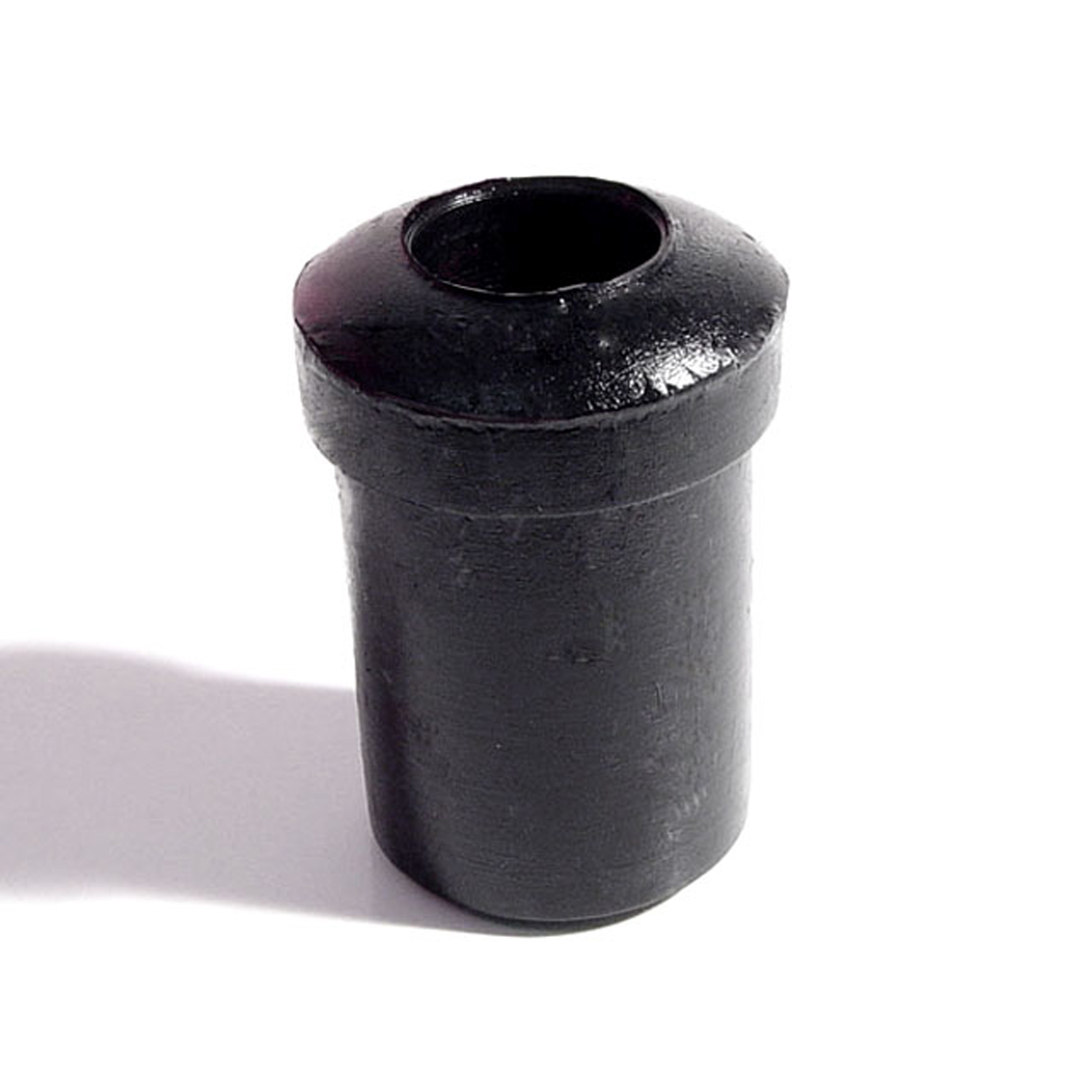 1973 Plymouth Fury I Spring and Shackle Bushing. 1" bottom O.D-BN 20Spring and Shackle Bushing. 1" bottom O.D. X 1-5/8" high, with 9/16" I.D. Each
1973 Plymouth Fury I Spring and Shackle Bushing. 1" bottom O.D-BN 20Spring and Shackle Bushing. 1" bottom O.D. X 1-5/8" high, with 9/16" I.D. Each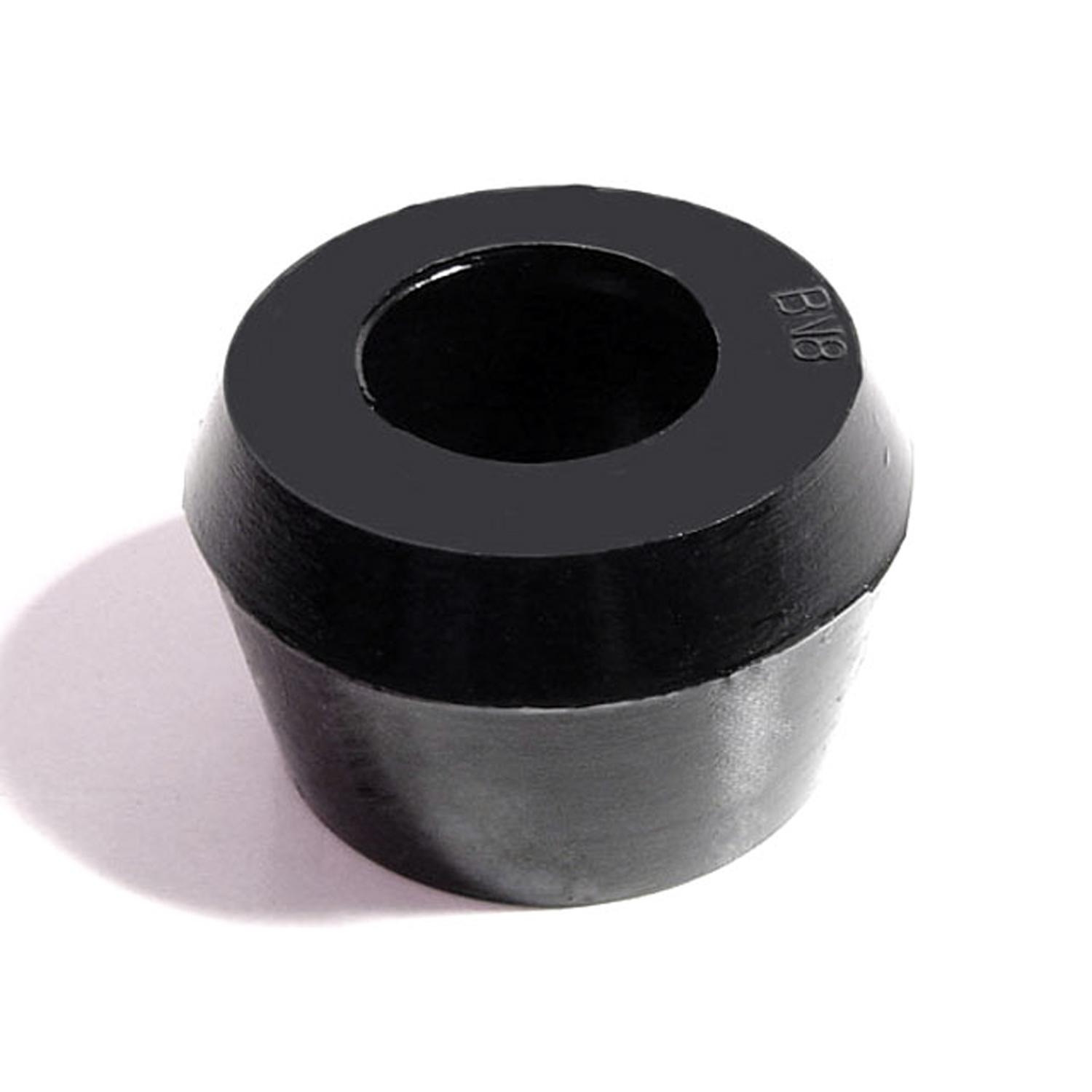 1973 Plymouth Fury I Shock Absorber Grommet. 1-1/4" bottom O.D-BN 8Shock Absorber Grommet. 1-1/4" bottom O.D., 1" high, with 3/4" I.D. Each
1973 Plymouth Fury I Shock Absorber Grommet. 1-1/4" bottom O.D-BN 8Shock Absorber Grommet. 1-1/4" bottom O.D., 1" high, with 3/4" I.D. Each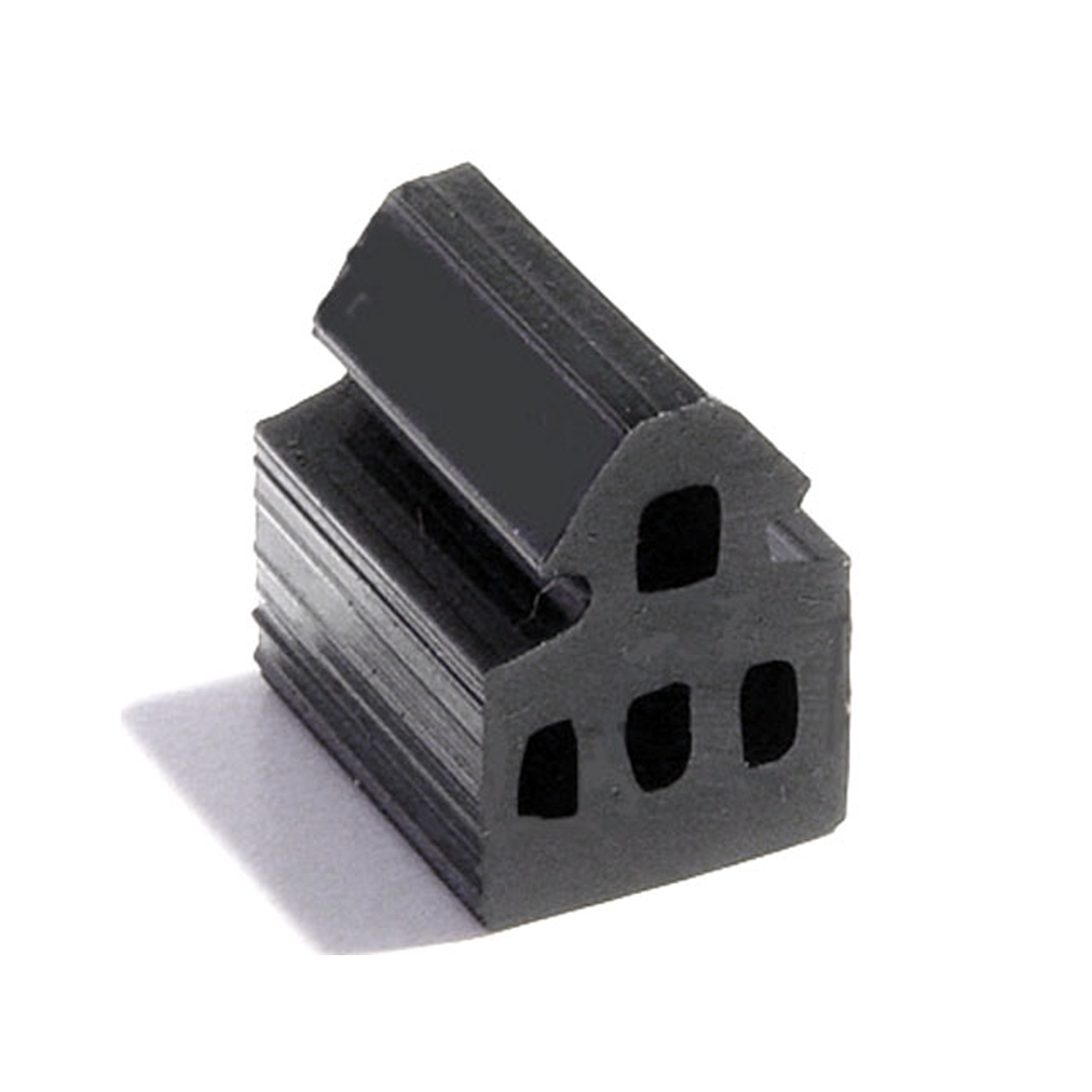 1973 Plymouth Fury I Door Bumper. 5/8" wide, made from extrusion. Each-DB 52Door Bumper. 5/8" wide, made from extrusion. Each
1973 Plymouth Fury I Door Bumper. 5/8" wide, made from extrusion. Each-DB 52Door Bumper. 5/8" wide, made from extrusion. Each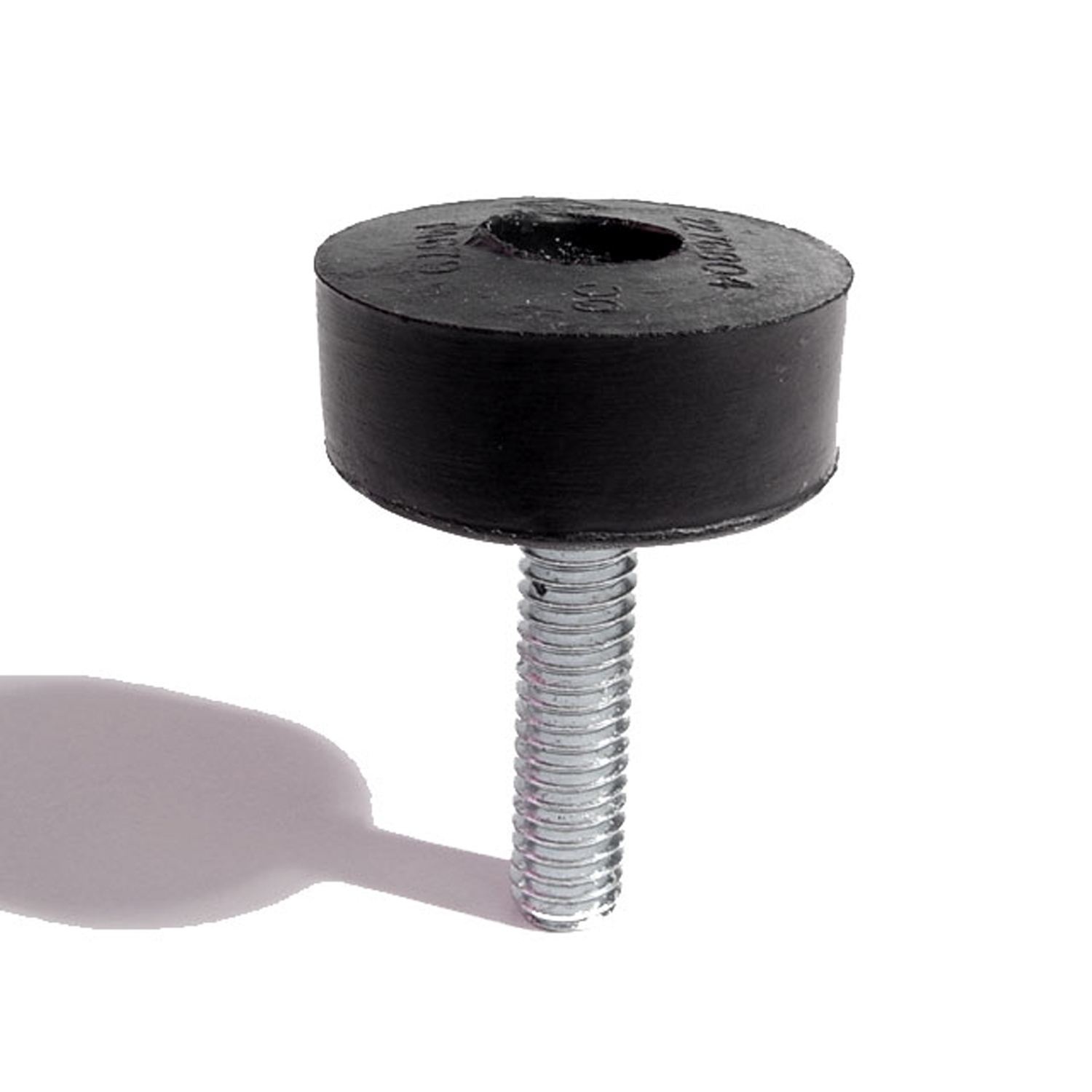 1973 Plymouth Fury I Hood Adjustment Bolt and Bumper-HA 8Hood Adjustment Bolt and Bumper. 1-3/16" diameter rubber head. 5/16" thick X 18 threads/inch X 1-1/4" long bolt. Each
1973 Plymouth Fury I Hood Adjustment Bolt and Bumper-HA 8Hood Adjustment Bolt and Bumper. 1-3/16" diameter rubber head. 5/16" thick X 18 threads/inch X 1-1/4" long bolt. Each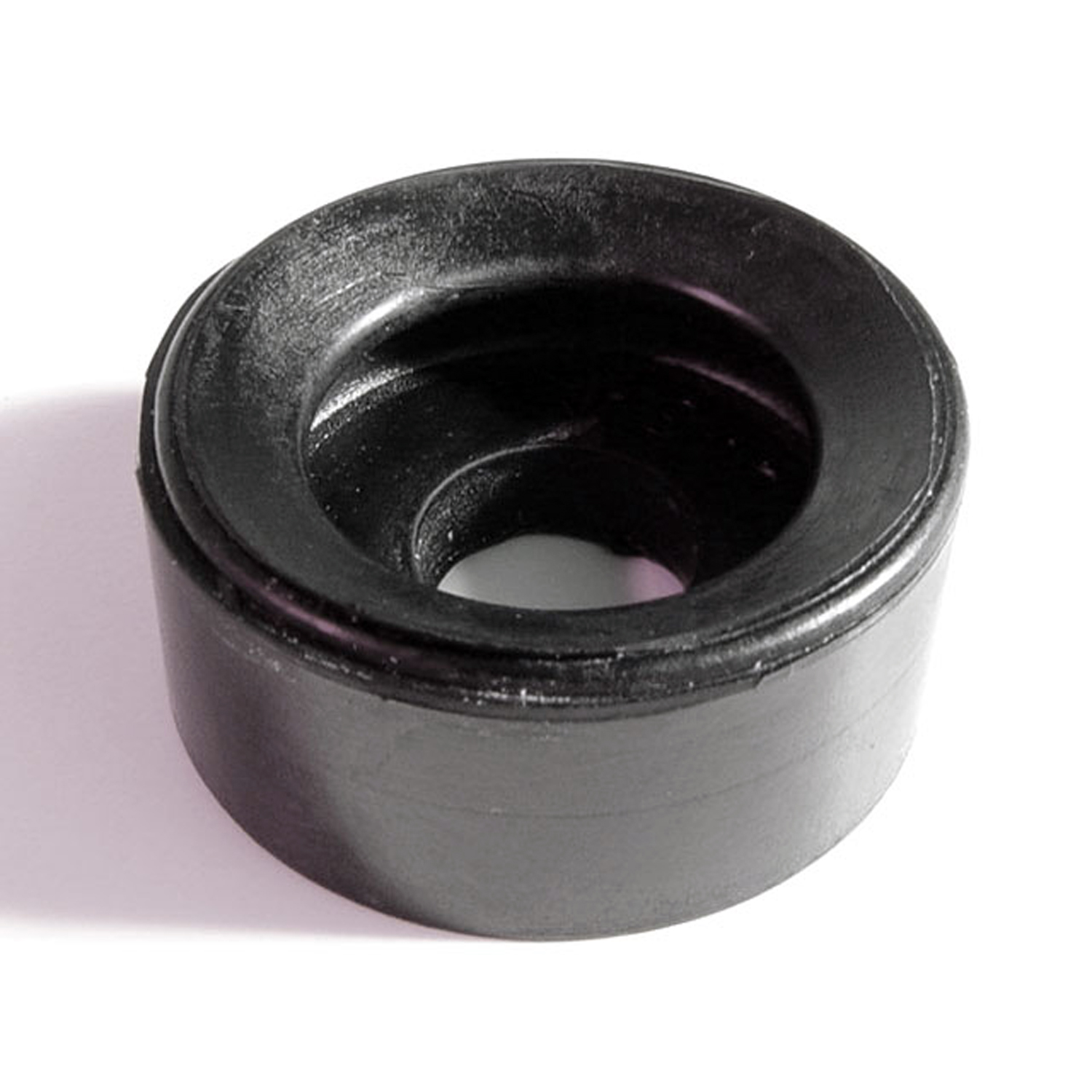 1973 Plymouth Fury I Hood Adjustment Bumper. 1-1/4" O.D-HA 8-AHood Adjustment Bumper. 1-1/4" O.D., 3/4" large hole, 7/16" small hole, 1/2" thick. Each
1973 Plymouth Fury I Hood Adjustment Bumper. 1-1/4" O.D-HA 8-AHood Adjustment Bumper. 1-1/4" O.D., 3/4" large hole, 7/16" small hole, 1/2" thick. Each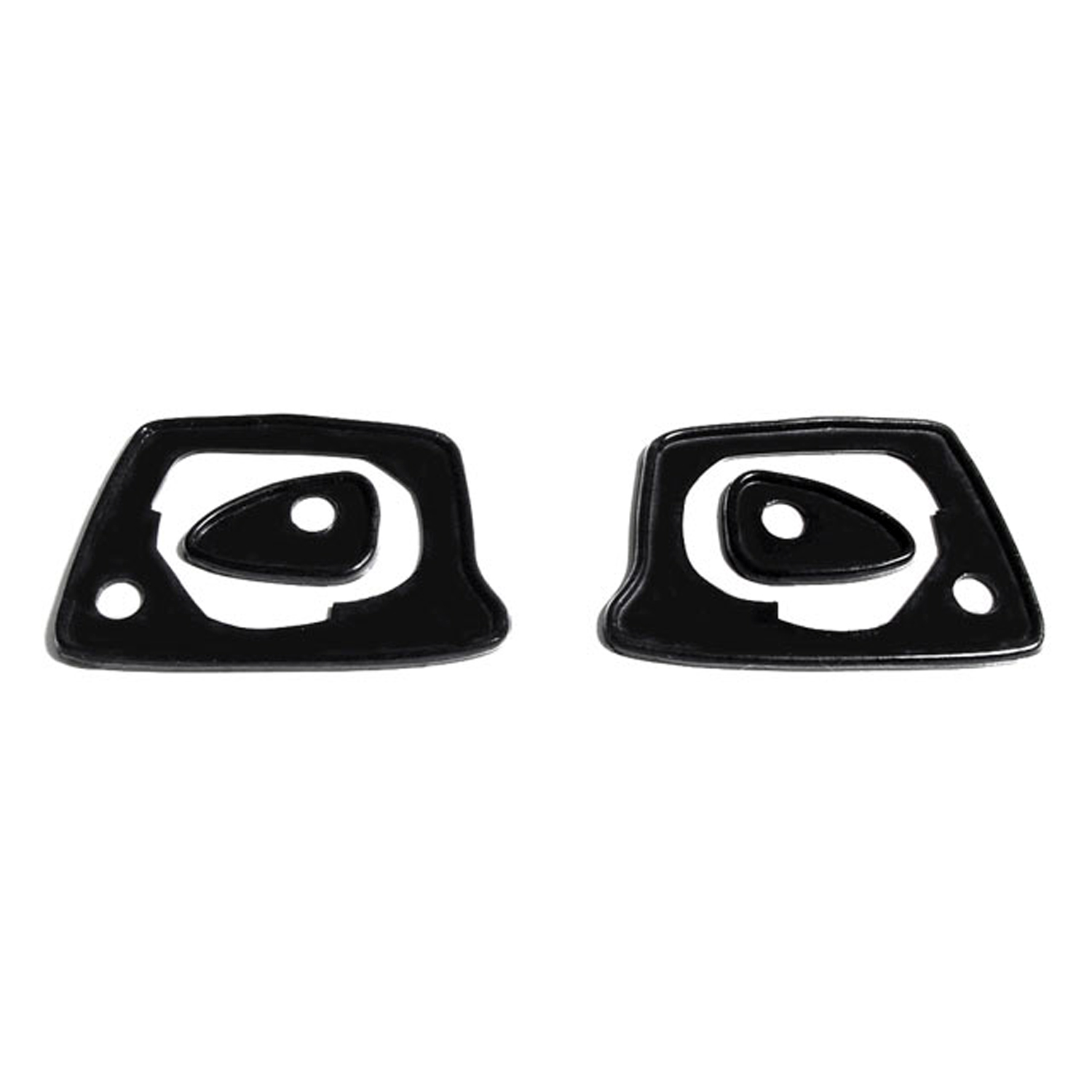 1973 Plymouth Fury I Door handle mounting pads. 2-3/8 in. L x 1-1/8 in. L-MP 959-BDoor handle mounting pads. 2-3/8 in. L x 1-1/8 in. L. 4-piece set. R&L.
1973 Plymouth Fury I Door handle mounting pads. 2-3/8 in. L x 1-1/8 in. L-MP 959-BDoor handle mounting pads. 2-3/8 in. L x 1-1/8 in. L. 4-piece set. R&L.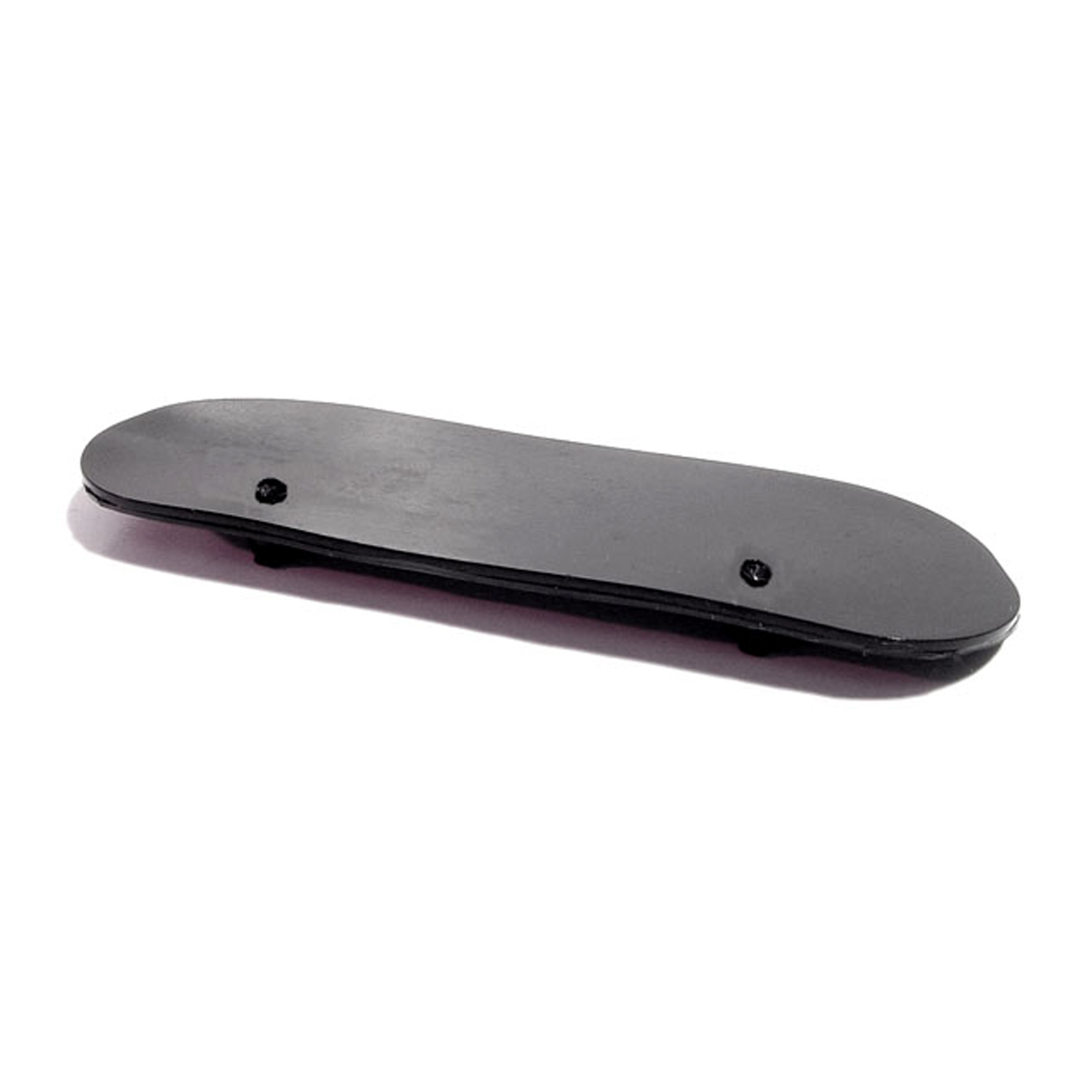 1973 Plymouth Fury I Drain Flap on Cowl. Each-RP 900-ADrain Flap on Cowl. Each
1973 Plymouth Fury I Drain Flap on Cowl. Each-RP 900-ADrain Flap on Cowl. Each 1973 Plymouth Fury I Nylon Lock Cylinder Gasket. 1-1/4" O.D., 7/8" I.D. Each-UM 2700-104Nylon Lock Cylinder Gasket. 1-1/4" O.D., 7/8" I.D. Each
1973 Plymouth Fury I Nylon Lock Cylinder Gasket. 1-1/4" O.D., 7/8" I.D. Each-UM 2700-104Nylon Lock Cylinder Gasket. 1-1/4" O.D., 7/8" I.D. EachWhy Choose Metro?
For over 100 years, Metro Moulded Parts has been the pinnacle of quality in classic car restoration parts. Our commitment to precision and authenticity in every component ensures a perfect fit and an OEM-level appearance.
- Expert Craftsmanship & Quality: Each part is a testament to our dedication to reliability and perfection, crafted from original designs and thoroughly tested.
- Advanced Technology: We use cutting-edge techniques to create flawless, long-lasting parts that surpass others in performance.
- SuperSoft Sponge – The Ultimate Door Seal: Not only are our door seals 30% softer than competitors', but they're also guaranteed to never leak. They effectively reduce wind and road noise, enhancing your classic car's comfort and driving experience.
- Proudly American: Our parts are a product of American craftsmanship, made in the USA with a spirit of excellence and heritage.
- Unrivaled Warranty: We back our products with a 30-year industry-leading warranty, a testament to our confidence in their quality.
Join us in preserving the legacy of classic cars with parts that are crafted for perfection, not just made.

